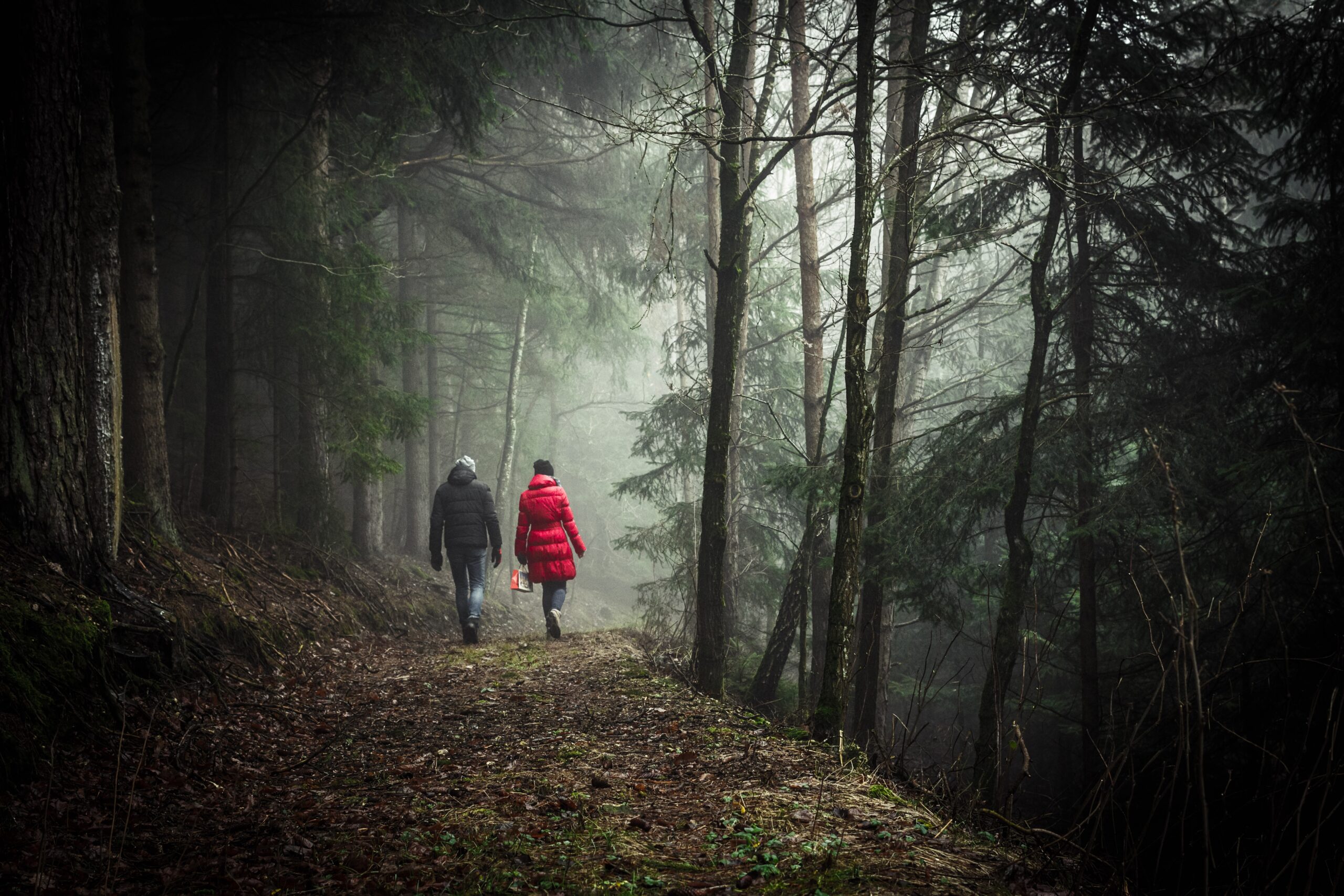Lifestyle
Exploring Nature in Later Years: Outdoor Activities for All Ages

Ah, the great outdoors! There’s something truly rejuvenating about basking in the sunlight, breathing in the crisp air, and immersing oneself in the beauty of nature. And you know what? Age is just a number when it comes to exploring the wonders of the great outdoors. So grab your walking shoes and sense of adventure, because we’re about to embark on a journey exploring outdoor activities for older adults!
Walking in Nature
Let’s kick things off with a classic: walking. It’s an activity that suits people of all ages, and the best part is that you can do it just about anywhere. Whether it’s a leisurely stroll through a local park or a challenging hike in the mountains, walking in nature offers a multitude of benefits. It improves cardiovascular health, strengthens muscles, and uplifts the spirit. So put on your favorite playlist, bring a friend along, and soak in the beauty around you!
Gardening for Green Thumbs
If you have a little patch of land or even just a few pots, gardening can be a rewarding and relaxing outdoor activity. Not only does it provide physical exercise, but it also boosts mental wellness by reducing stress and anxiety. Tending to plants and watching them grow gives a sense of purpose and fulfillment. Plus, you’ll have fresh herbs and colorful flowers to brighten up your space!
Cycling Adventures
Who says bikes are just for the young? Cycling is an excellent low-impact exercise that gets your heart pumping and joints moving. Grab a bike and explore nearby bike trails or scenic country roads. Feel the wind in your hair as you pedal through the countryside, and don’t forget to stop for a picnic or a delicious ice cream treat along the way. With the right gear and precautions, cycling can be a fun and invigorating outdoor activity at any age.
Bird Watching
If you’re seeking a more peaceful and contemplative outdoor activity, why not try bird watching? It’s a tranquil pastime that allows you to connect with nature and marvel at the beauty of our feathered friends. Invest in a pair of binoculars, find a comfortable spot, and let the birds come to you. You’ll be amazed by the variety of species and their melodious songs. Bird watching can be done from your backyard or by joining local birding groups for organized outings.
Outdoor Yoga
Yoga has numerous physical and mental benefits, and practicing it outdoors adds an extra layer of serenity. Find a quiet spot in the park, roll out your yoga mat, and flow through the poses as you listen to the sounds of nature. Not only will you improve flexibility and balance, but you’ll also achieve a sense of tranquility and inner peace. Bring along a friend for a yoga session together or join outdoor yoga classes specifically designed for older adults.
Fishing Adventures
Cast away your worries and try your hand at fishing! Fishing is a great way to relax, unwind, and connect with nature. Find a nearby fishing spot, set up your gear, and enjoy the peacefulness of the water. Even if you don’t catch anything, the experience itself is gratifying. Pack a picnic lunch, bring a good book, and spend a blissful day by the lake, immersing yourself in the rhythm of nature.
Remember, age is just a number – and these outdoor activities are proof that adventure, fun, and joy can be found at any stage of life. So put on your explorer’s hat, embrace the wonders of nature, and let the great outdoors become your playground. Stay fit, stay active, and keep on exploring!
Disclaimer: Before engaging in any physical activity, it’s important to consult with your healthcare provider to ensure it’s suitable for your individual needs and abilities. Safety should always be a top priority.
